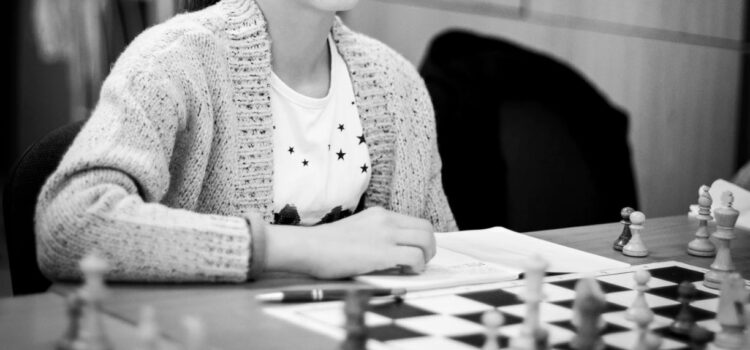

This article is an excerpt from the Shortform book guide to "Ultralearning" by Scott Young. Shortform has the world's best summaries and analyses of books you should be reading.
Like this article? Sign up for a free trial here .
Who were the Polgar sisters? How did their father use ultralearning techniques when raising them?
Judit Polgar was the best female chess player in history. This was because the Polgar sisters’ father raised them using ultralearning practices. This shows that a child does not need to be a “prodigy” to excel, she just needs to be raised using specific disciplines.
Keep reading to learn how Laszlo Polgar raised the famous Polgar sisters.
The Polgar Sisters’ Story
One of the most famous examples of a child ultralearner is Judit Polgar, the best female chess player in history. Trained with her sisters from a very young age by their father, Laszlo Polgar, Judit eventually became a grandmaster, and the 8th-best chess player in the world, shattering long-held gender barriers and becoming the only woman ever to compete in the World Chess Championship.
Judit and her two sisters were all raised from early childhood to become chess masters. Their father believed genius was a result of education rather than genetic factors. He began his daughters’ chess education by teaching them the basics, then taking them with him to play practice games in local chess clubs. While her siblings developed incredible chess skills, Judit was the most obsessive and ambitious of the three. She became skilled enough to develop a rivalry with chess king Garry Kasparov, losing their first game together and winning the second. His eventual defeat marked a positive change in the chess world’s attitude towards female chess players and proved the efficacy of Laszlo Polgar’s ultralearning strategies.
How to Raise Successful Ultralearners
Through the lens of the Polgar family’s story, consider how you can apply the following ultralearning principles with young learners.
1. Metalearning
Laszlo Polgar explored and identified the best ways to learn chess and created optimal learning conditions for his daughters. He designed activities, built a collection of materials, developed strategies, and constructed an incremental, long-term education plan that allowed his children to learn the game slowly and deeply.
2. Focus
Laszlo made concentration a top priority in his coaching of his daughters. He gave them opportunities to increase their endurance by signing them up for marathon chess tournaments.
3. Directness
A critical part of the Polgars’ chess education was direct practice. Laszlo started bringing them to live games very young, allowing them to learn how to adapt to real-life variables like differences in skill or time constraints. This made future competitions less intimidating.
4. Drill
Laszlo also took care to isolate aspects of the game or skill set for the girls to practice intensively. For example, he used games involving blindfolds to encourage quick thinking and creative problem-solving.
5. Retrieval
The Polgars often learned via the Socratic method, solving challenges and answering questions formulated by Laszlo rather than reciting memorized information. For example, he would ask them to explain or practice plays without looking at the board (where the plays were documented).
6. Feedback
Judit and her sisters learned to pursue live chess play, but Laszlo set each of them up with opponents who generally matched their skill level. He made sure they were challenged, but not overwhelmed by the skill of others, and he made adjustments to the match-ups as their skills improved. In doing this, he was able to get direct and immediate feedback from the practice environment about the girls’ progress.
7. Retention
To reduce the chances of lost knowledge, Laszlo had the sisters play games at an accelerated speed while using previously learned chess patterns. He also deepened retention by using deliberately spaced practice.
8. Deeper Knowledge
The Polgars developed deeper knowledge by writing articles about chess (an iteration of the Feynman Technique), engaging in chess “play” (chess-related activities with no specific goals), and coming up with creative solutions to random challenges posed by Laszlo. This unstructured creative process allowed the girls to look at the game and their gameplay from new and deeper perspectives.
9. Experimentation
Eventually, the skills of the Polgar sisters exceeded the skill of their father, and they had to continue developing their gameplay through self-directed experimentation. Each of the girls chose strategies and areas of focus that began to define their individual playing styles.
As the sisters matured into adults, they continued to embody the standard ultralearner formula (obsessive, intensive, and self-directed learning). Judit and her sister Zsuzsa became grand masters, while Zsofia achieved the title of international master.

———End of Preview———
Like what you just read? Read the rest of the world's best book summary and analysis of Scott Young's "Ultralearning" at Shortform .
Here's what you'll find in our full Ultralearning summary :
- How a formal education doesn’t open the doors it once could
- The 9 core principles that can help you master any skill
- How to create a self-directed learning project to help you advance in your field






